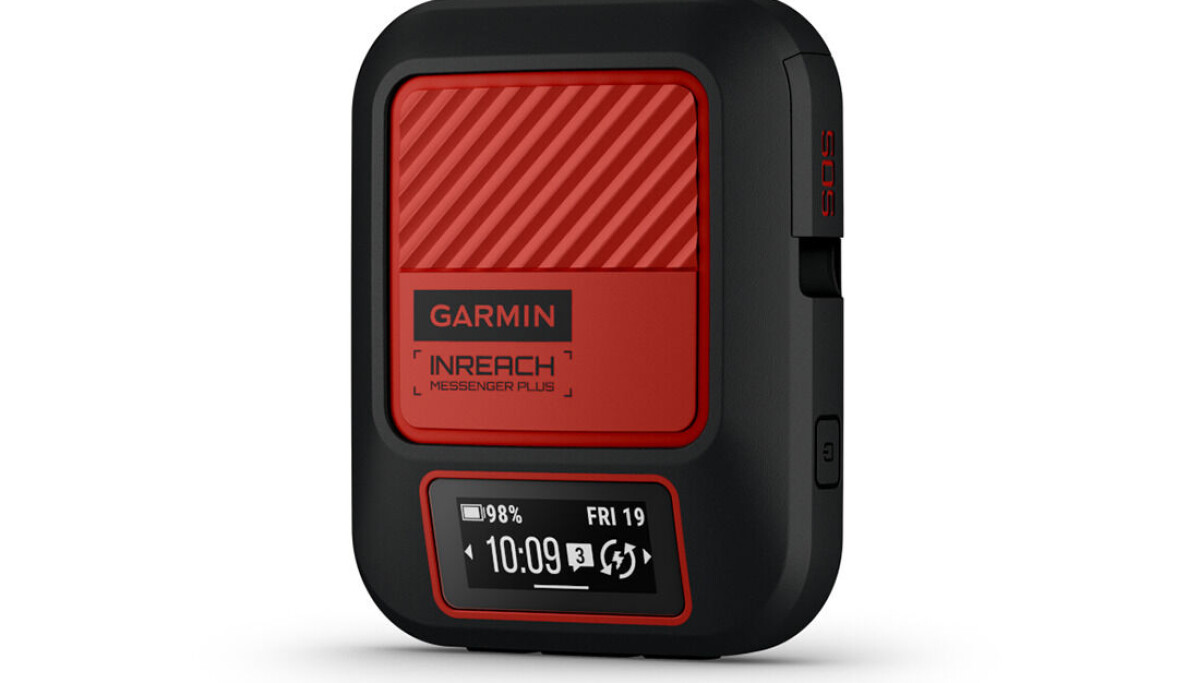Spotify continues to make news in terms of the functionality and experience associated with listening through the service. Today, the new function “Jam” has been launched, which is described as “a personal group listening function on Spotify created to simplify listening with others, in real time.” This new functionality builds on some of Spotify’s most popular social features such as Mixes And Shared playlists, which is now improving listening together through so-called personalization technology. See the introduction below!
The new “Jam” function was launched today, September 26, 2023, for all free and premium users on Spotify globally.

This is how it works:
- To start Jam as a super user, select a playlist, song, or album to play. Then tap “Connect” at the bottom of the screen, or by tapping through the three dots on the playlist, album or song. You will then see a button with a “Start Jam” option.
- You can also choose the device you want to play music from, for example your phone or speaker system. Those logged into the same wifi network will be given the option to join the same Jam.
- You can then invite others to your Jam (premium or free users) in three different ways:
- Activate Bluetooth and place your phones next to each other
- Let your friends scan the QR code on your screen
- Select “Share” and send the link via Social media, text messaging, SMS, and more
- Anyone in the same Jam can add songs to their queue, see who added the song, and get personalized recommendations — right on their own device.
- The person who started the group’s Jam can control who joins it, change the order of songs in the queue, or remove songs that don’t fit the mood.
- The person who started the Jam can also enable “Guest Controls” that allow anyone in the Jam group to adjust songs or change the playing order. When Guest Control is disabled, only the person who started the session can control the queue.

“Entrepreneur. Freelance introvert. Creator. Passionate reader. Certified beer ninja. Food nerd.”





More Stories
Logitech Steering Wheel News: New Steering Wheels, Gear Lever, and Handbrake in Direct Drive Series
Garmin Launches inReach Messenger Plus App
Link to the digital seminar on the revised transfer regulation